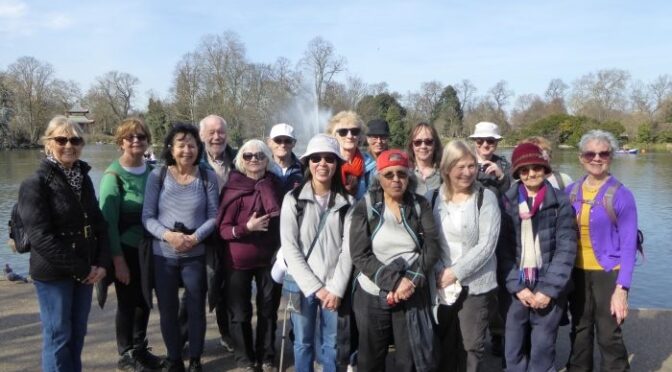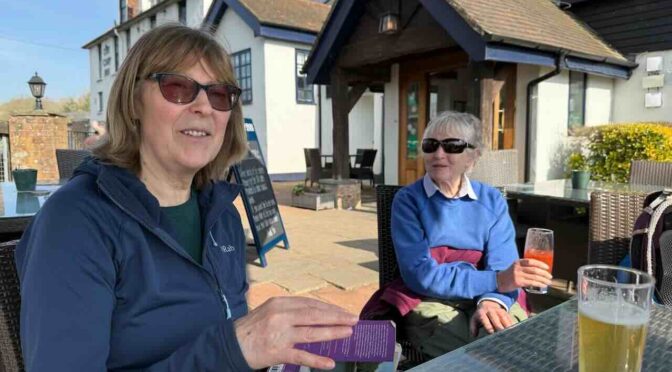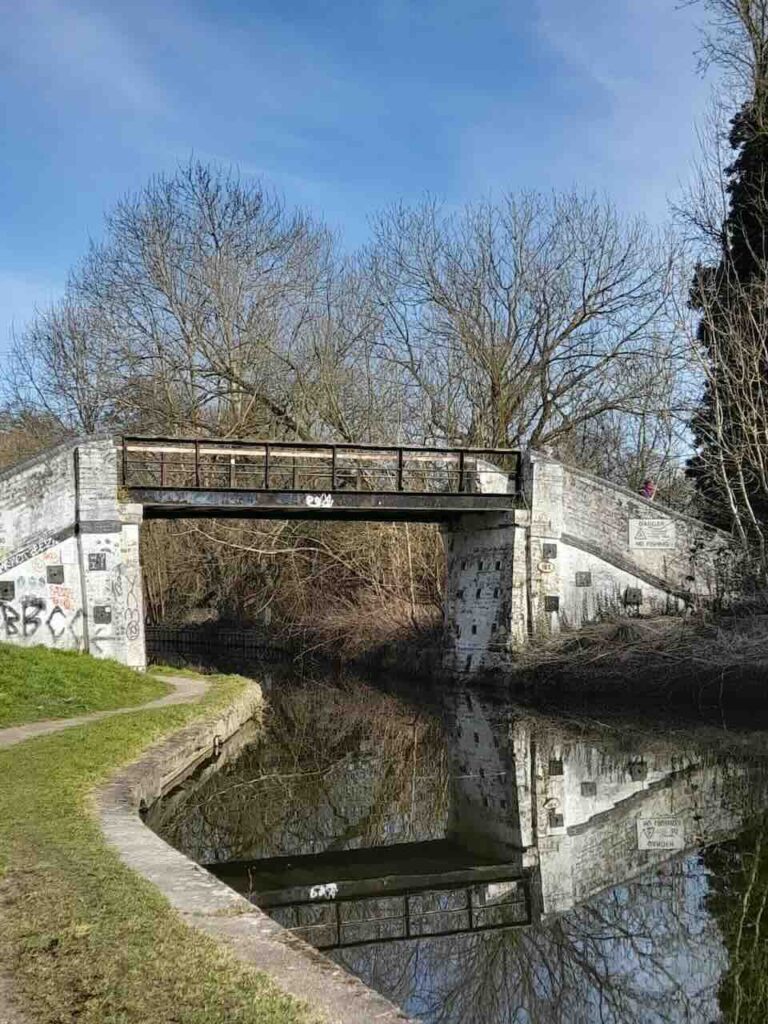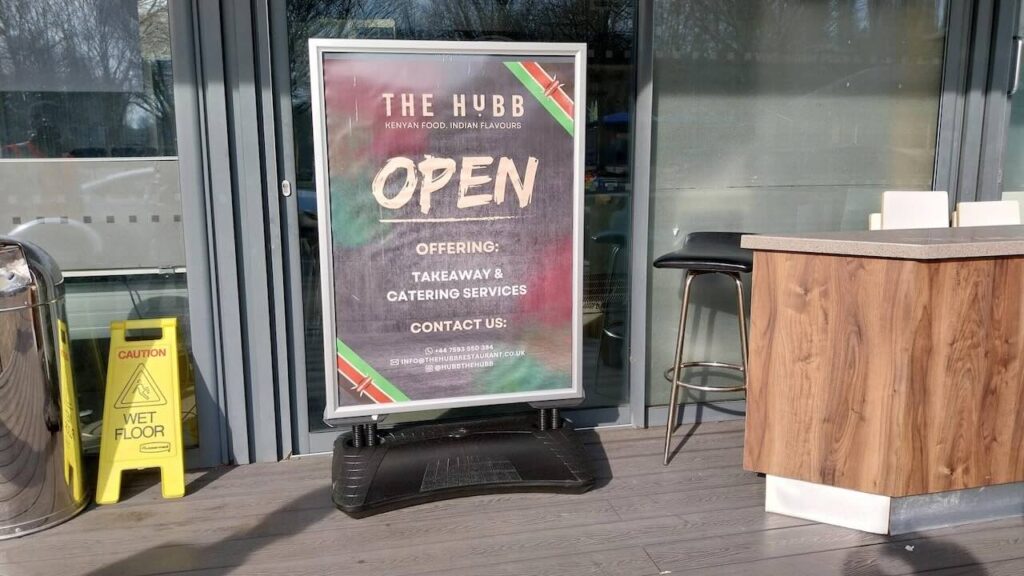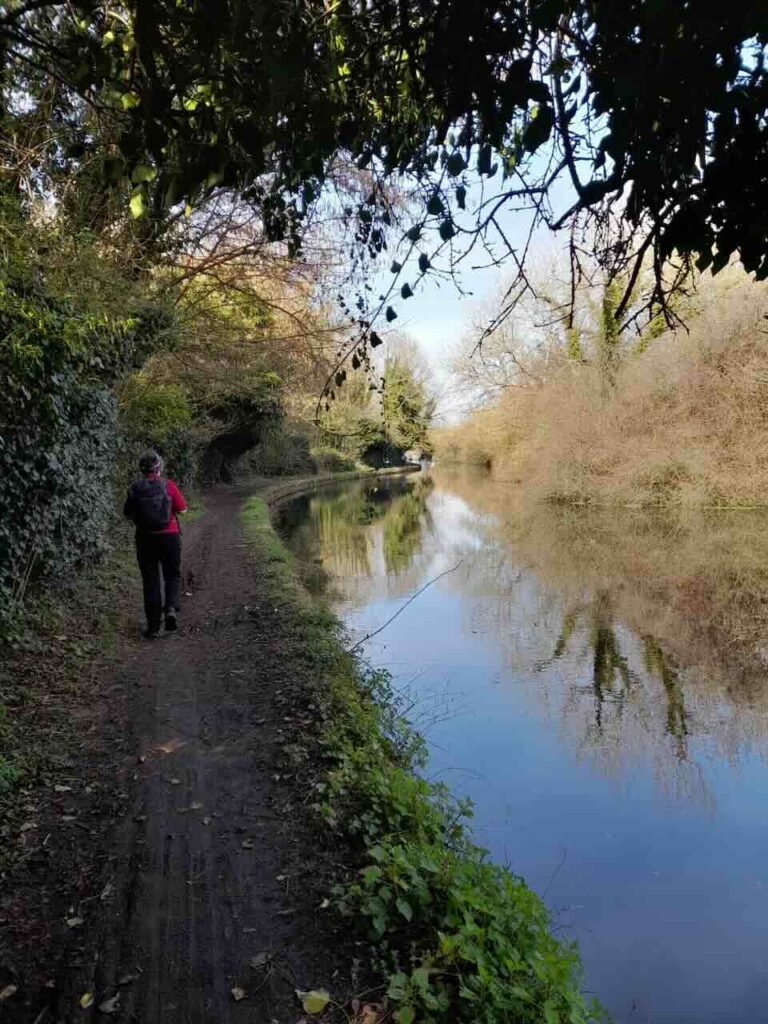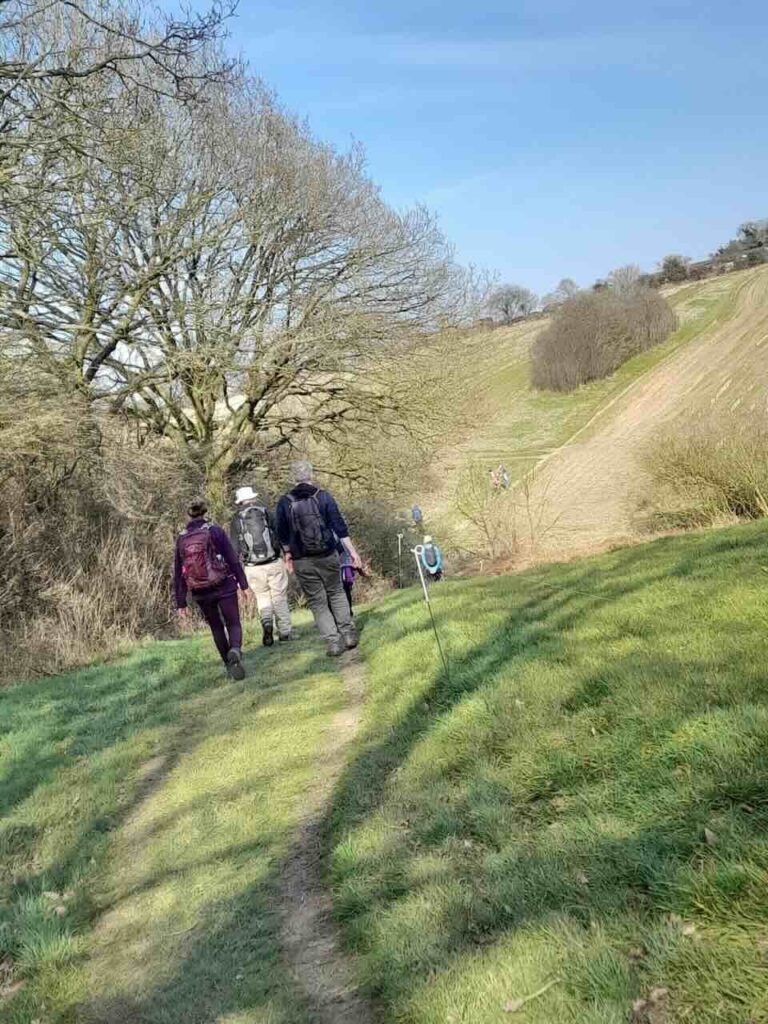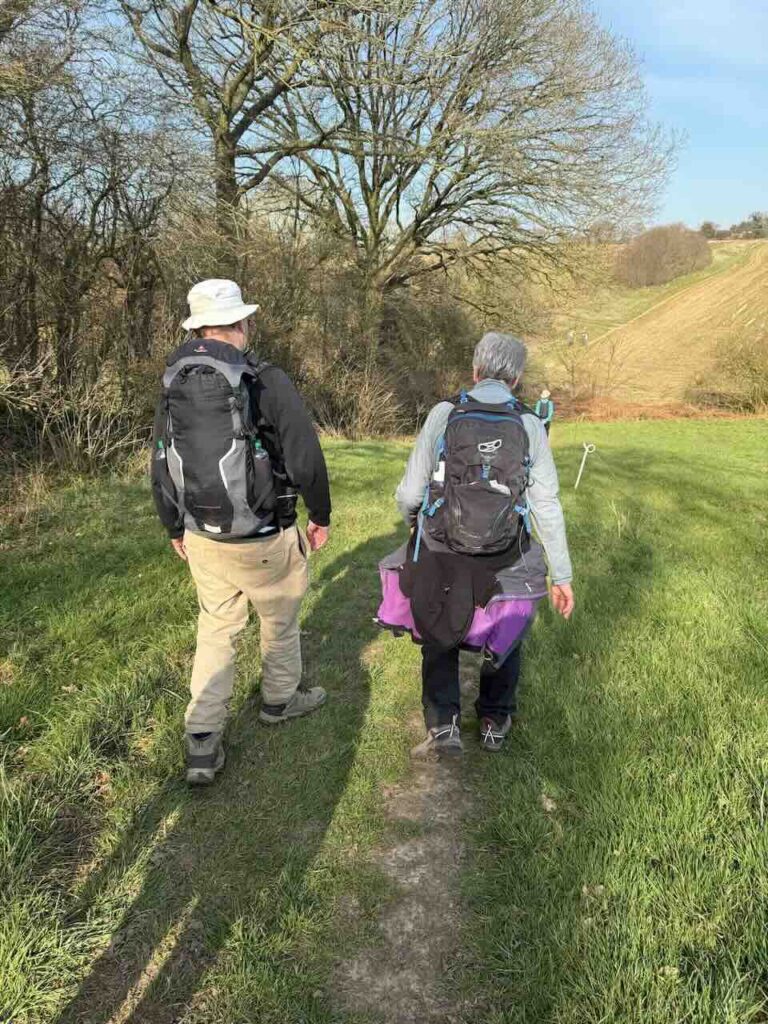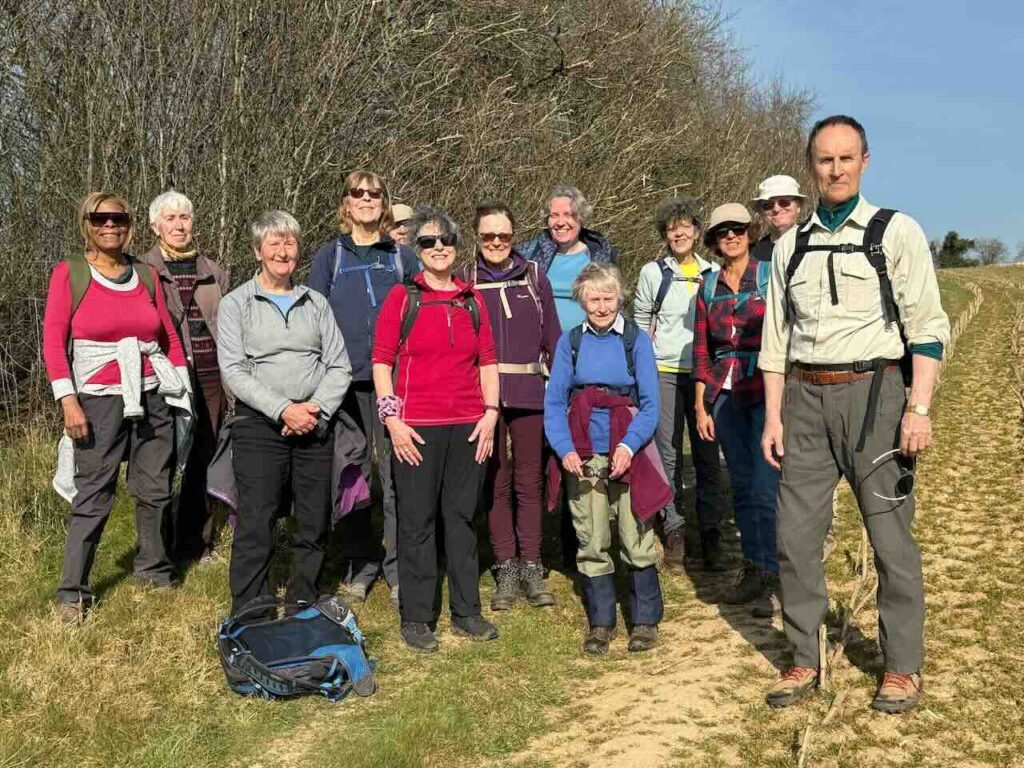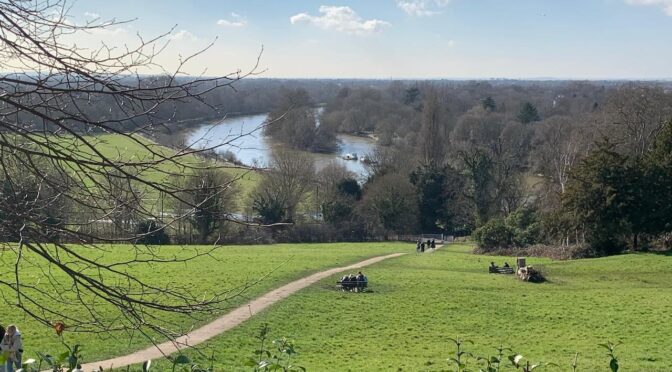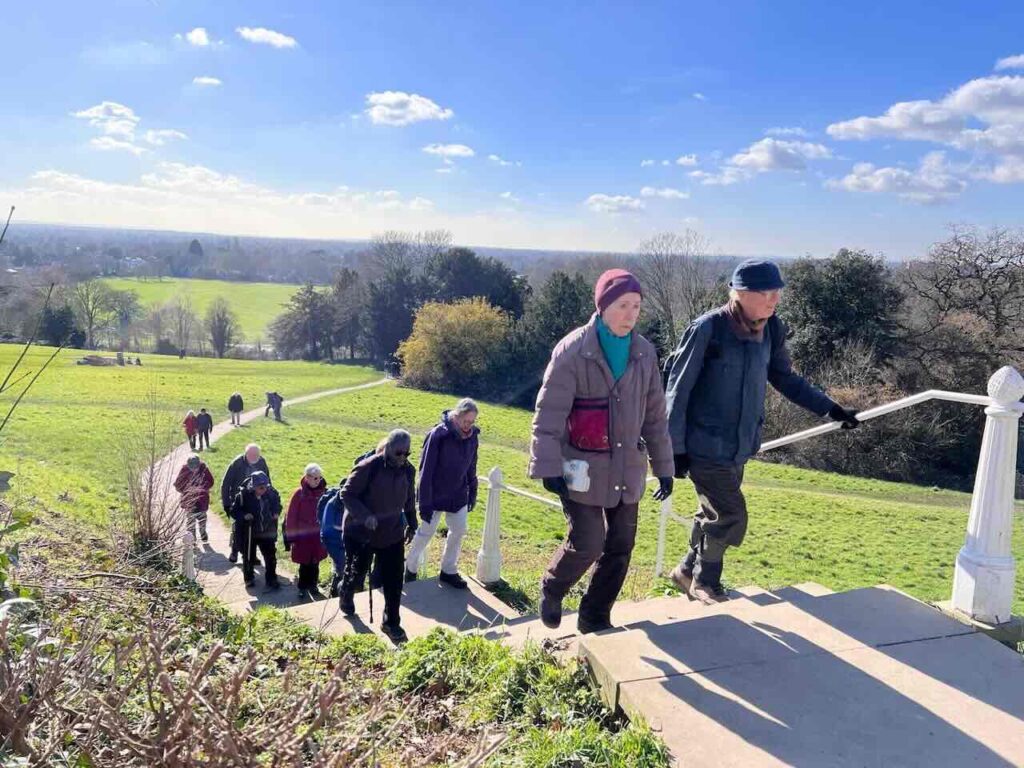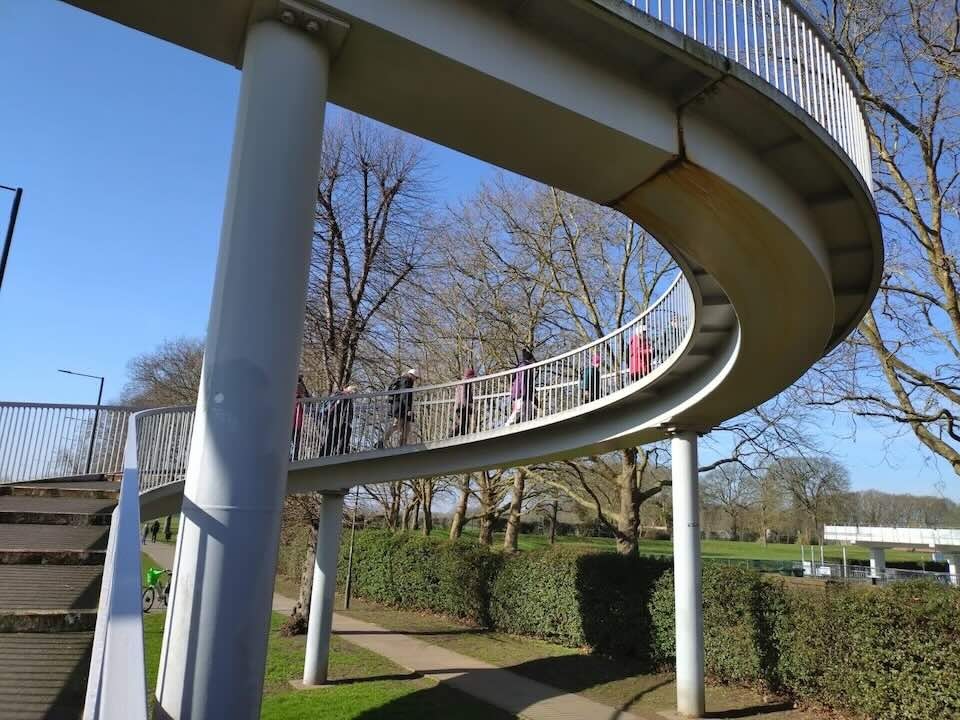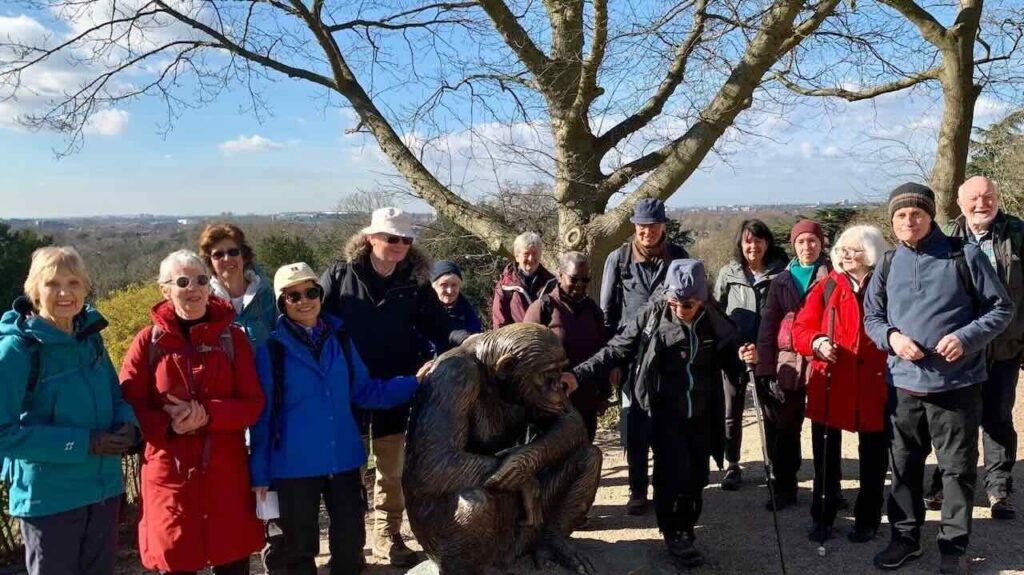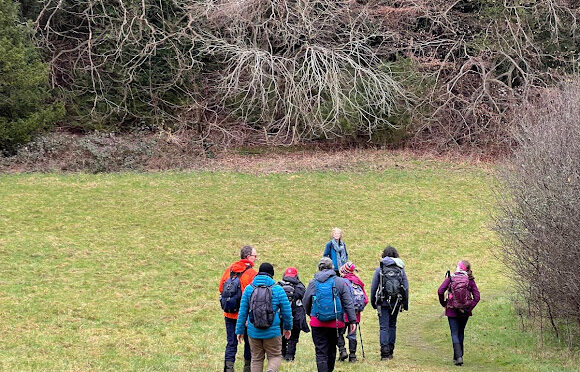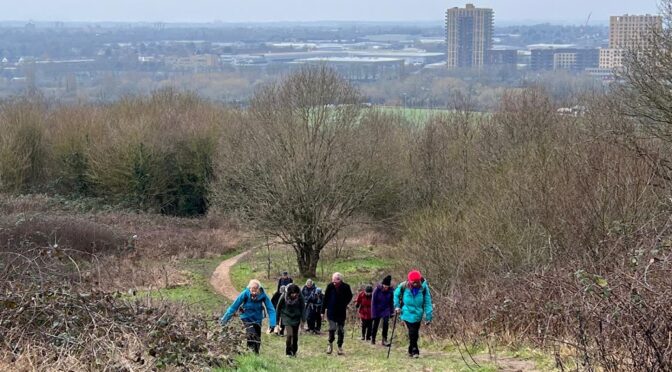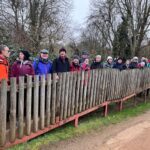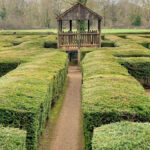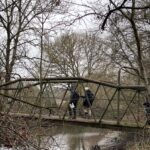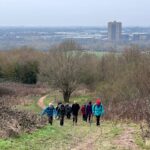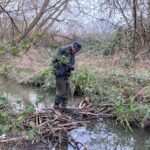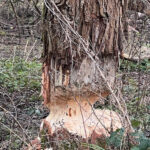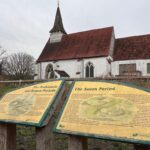Once all the participants had located the Thames Water/ Mayor of London’s new blue drinking water fountain in Stratford Plaza / Meridian Square, 17 Polyramblers crossed the Meridian Line to the Eastern Hemisphere to start our walk at the obelisk with drinking water fountains, dedicated to Samuel Gurney Sr., banker, councillor and philanthropist, whose sister was Elizabeth Fry, the prison reformer, and whose second son Samuel Gurney (MP) founder and chairman of the Metropolitan Drinking Fountain and Cattle Trough Association (MDF&CTA), is commemorated by a fine bronze drinking water fountain outside Blackfriars Station. From the obelisk we set off through the Olympic Park, along the Greenway (formerly the Northern Outfall Sewer Cycleway), part of Sir Joseph Bazalgette’s solution to the City of London’s water and sewage problems in the 19th century! Once we arrived in Victoria Park the group was impressed by the drinking water fountain installed by Baroness Angela Burdett-Coutts, daughter of the banker Thomas Coutts, heiress to her grandfather’s fortune and first woman to be admitted to the House of Lords! Understandably none of the historical drinking water fountains mentioned are still in operation and the silver-plated cups are no more (although the cups on the fountain at St. Sepulchre, without Newgate, are still on view, as per the Polyramblers’ website)!
We kept on past the queues at the West Lake café, some of the group filled their water bottles at the modern drinking water fountain and we all admired the rainbow created by the big fountain in the centre of the lake (where poor local people would wash in the 19th century because there was no running water for washing where they lived. What water they had was not safe to drink). From Victoria Park we made our way down to the busy Grand Union canal path to the Angel area. There the canal goes into a tunnel, so we went up to street level to eat our lunch picnic in Duncan Terrace Gardens. Fortunately it was a lovely sunny day and there were enough benches for us all! At this point Danny peeled off to a neighbouring watering hole! The rest of us proceeded through the streets to nearby New River Head (where the “New River” arrives from Hertfordshire and goes underground) which became the Metropolitan Water Board HQ and now contains upmarket apartments. Myddelton Square is named after Sir Hugh Myddelton (1560-1631) who was instrumental in the development of the New River, using his own fortune and in securing monetary assistance from King James I to help with funding the project which first brought fresh water into the City of London. The peripheral buildings of the New River Head are currently being turned into the Quentin Blake Illustration Centre which will be ready for us to visit next year! Hopefully there will then be mention of the reservoirs where the pumps were operated by horses walking round them in circles and the massive pipe that takes the water 90 metres down for distribution across London. Myddelton Passage came out beside Sadler’s Wells Theatre which we couldn’t visit because customers were going in to a show but where the well, unearthed in 1683 on this property by the owner Dick Sadler, can be viewed by customers through a round glass panel in the floor. The well was thought to have “miraculous medicinal powers”. The water continues to flow from the aquifer and in 2004 Sadler’s Wells entered into an agreement with Thames Water for the re-use of excess water flowing from the ground below the theatre, instead of continuing to allow it to drain wastefully away.
From there we made our way to the Clerken Well (see photos), modern drinking water fountain (where water bottles were filled) and cattle trough, originally installed by the MDF&CTA – now containing a flower bed! Here more Polyramblers baled out to local watering holes.
The remainder of the group proceeded up Amwell St, past a reservoir, and down to Regent’s Canal but as we passed routes to King’s Cross station, more Polyramblers baled out and the remaining four carried on along the canal to Coal Drops Yard where we paused for a comfort call and coffee (and a luxury doughnut!). After which two more peeled off and the remaining two of us carried on to the edge of Regent’s Park and the Matilda Fountain, presented to the MDF&CTA about 1878 by Matilda, “wife of Richard Kent Jr. a local churchwarden”. On our way to the tube at sunset through Regent’s Park, we came upon a drinking water fountain, gift of Sir Cowasjee Behangir Readymoney (C.S.I.) installed in 1869, a fantastic discovery to round off the day! Distance 12 miles, finishers 2! Perhaps, if we had kept up a brisk pace, we would have been able to get to Little Venice before dark. Next time!
Thank you to all who came on the walk and to donors to WaterAid, thinking of the women round the world who have to walk a long way every day to collect fresh water while we can enjoy the benefits of water first supplied by philanthropists of yesteryear.
Pam
Notes: All the historical people mentioned can be found in Wikipedia.
Spellings of names may vary (eg Myddelton and Cowasjee)
Individual step-counter readings may vary.
https://www.wateraid.org/uk/donate Every drop counts!











